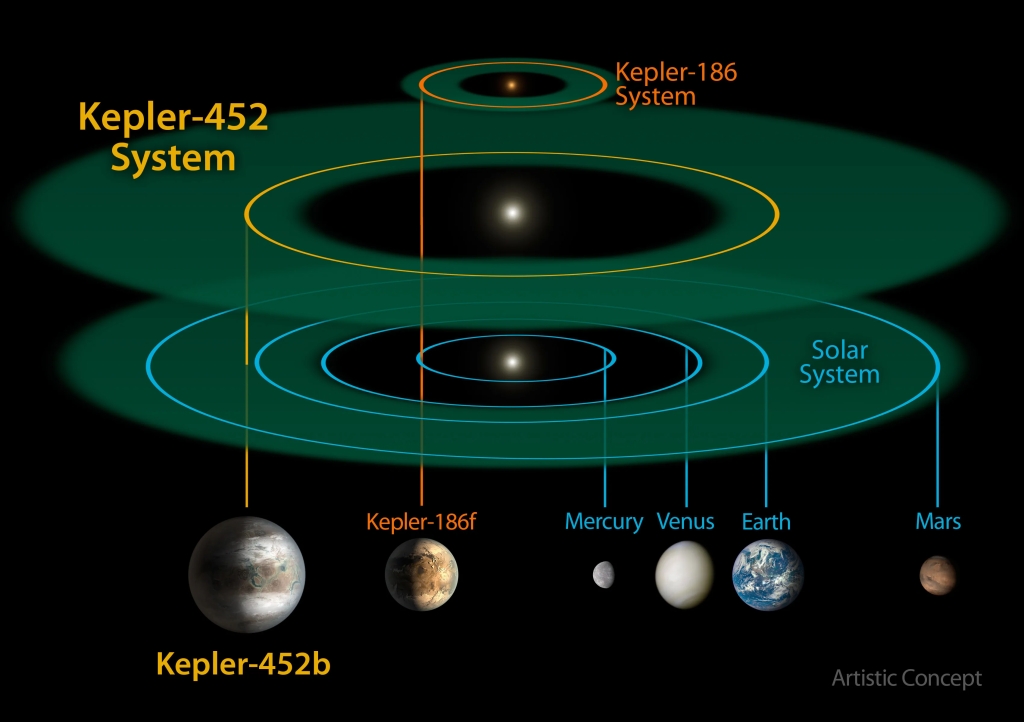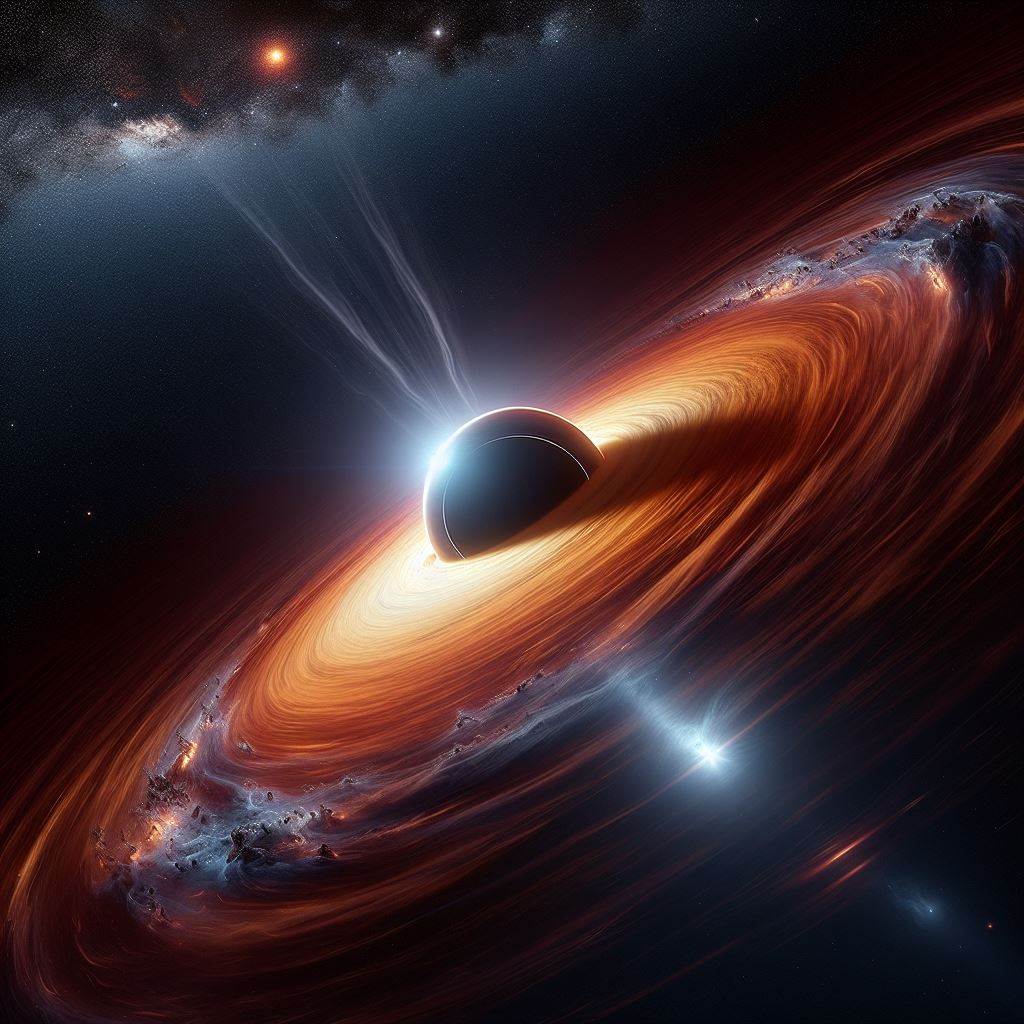
History Channel Portrait of Galileo
Galileo was one of, if not the most revolutionary astronomer of all time. He lived at a point where the Catholic Church controlled a large section of public and private life, but they were also seeing their power wane through the Protestant Reformation, championed by Martin Luther (among others). The Catholic clergymen were worried, and Galileo did nothing to squash that fear. His book Systema Cosmicum posited that the Copernican theory of heliocentrism was in fact preferable over any geocentric model, and he gave ample (though sometimes erroneous) proof of this.
In most previous astronomical work, it had been assumed that the Solar System was a perfect system because it was in the heavens, and biases surrounding the nature of such perfection naturally snuck their way into Science. For example, it was believed that planets were all perfectly spherical with no deformities, and that they all orbited around the Earth in perfect circles rather than ellipses. The Earth, which was seen to be the center of God’s creation, was naturally put in the center of the Solar System models, creating unreasonably complicated mathematics around explaining the motion of other planets.
Systema Cosmicum was put on the Index of Forbidden Books by the Catholic Church because of how it depicted the Pope (who’s ideas are represented by the character Simplicio in the book) and because it championed the idea that astronomers and philosophers (chiefly Aristotle, who the Catholic Church was based upon) had been wrong about both geocentrism and the idea of perfection in the celestial bodies. Through pointing out the existence of sunspots and mountains on the Moon, Galileo was able to show that there was nothing perfect about the Solar System, or at least not perfect in the way that the Catholic Church and leading astronomers had posited for hundreds of years. Galileo was called a heretic for his beliefs, and would be sentenced to house arrest for the remainder of his life.







